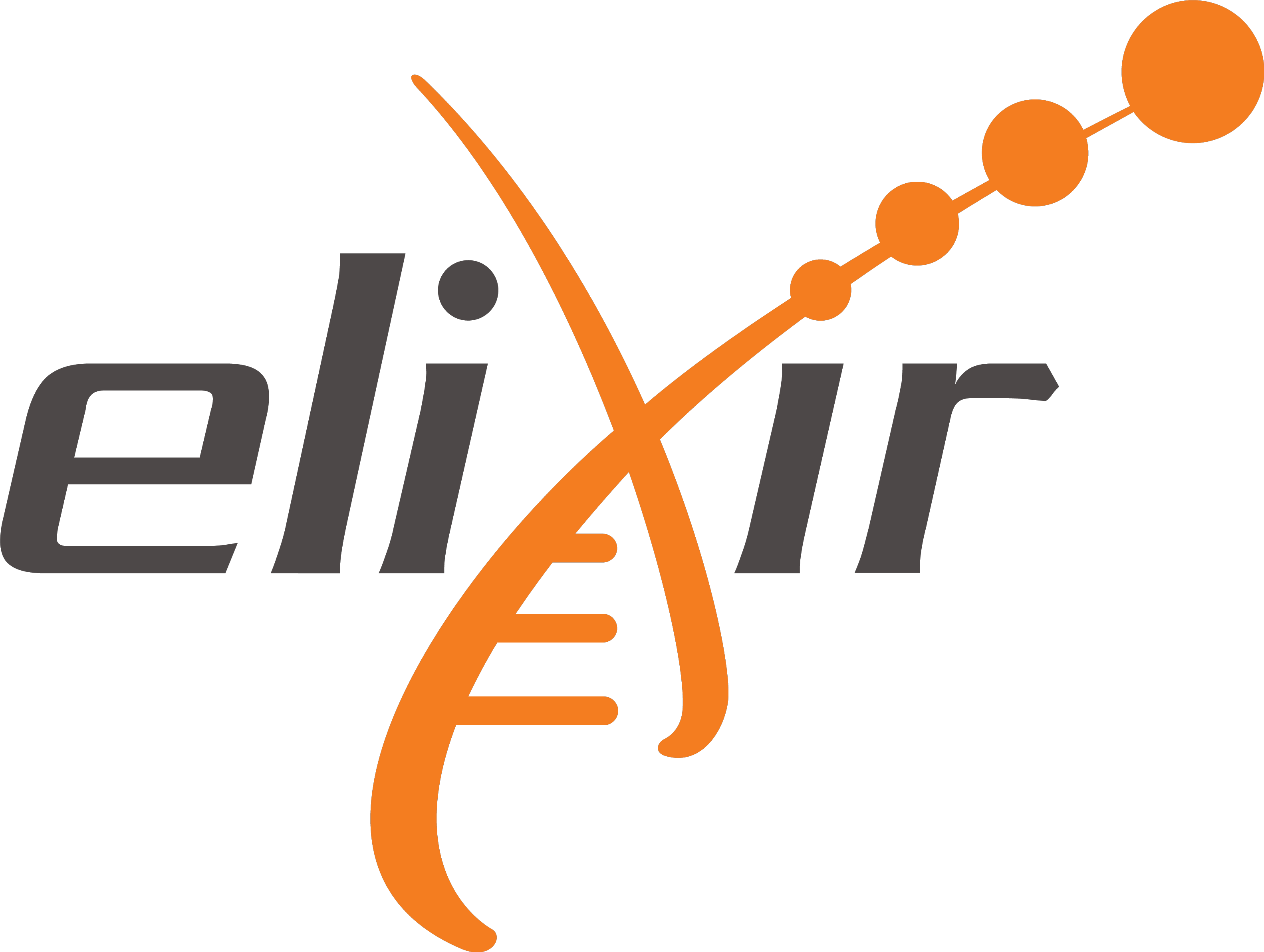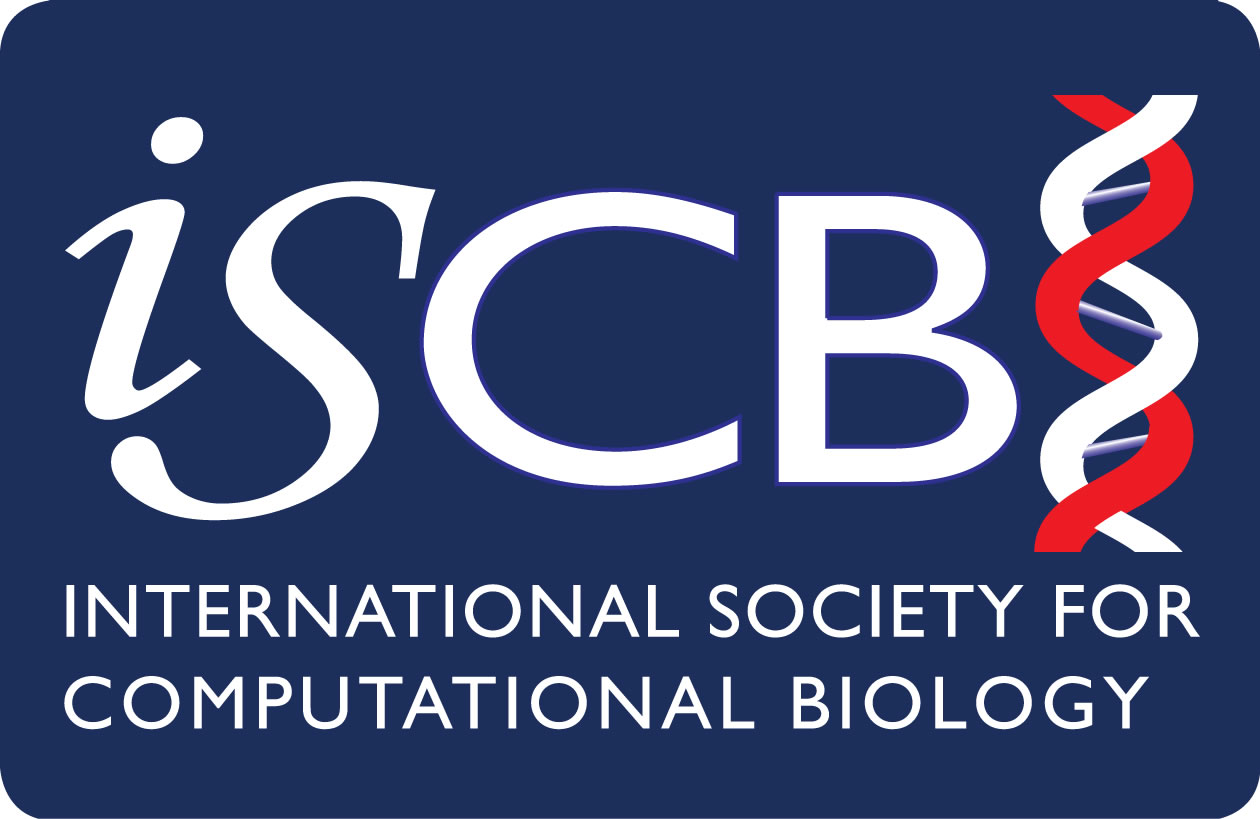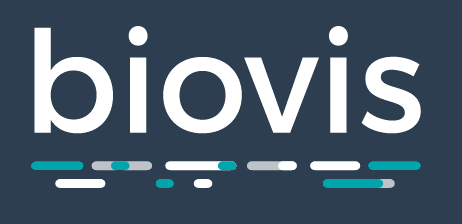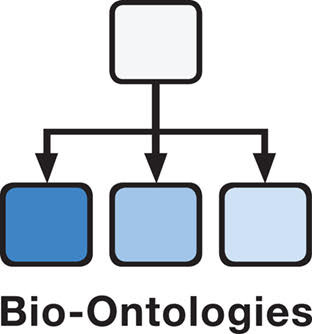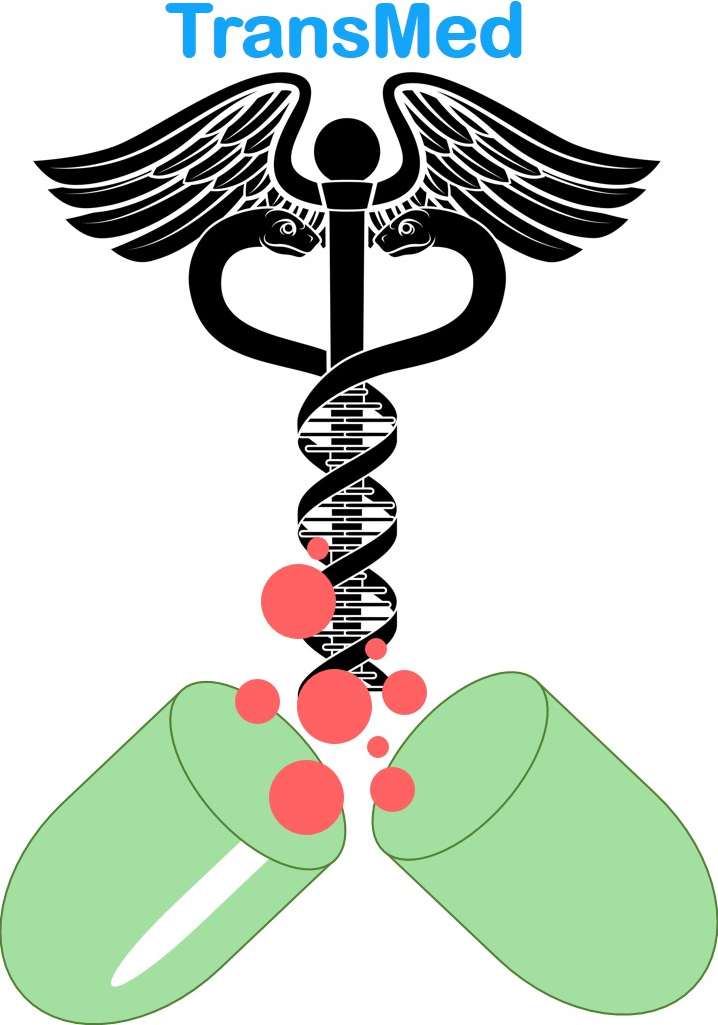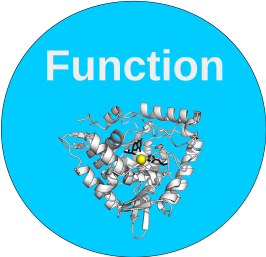Links within this page: Areas | Key Dates | Review Process | Submission Guidelines
Closes January 29, 2018
ISMB 2018 invites submissions reporting theoretical, computational, and statistical advances in computational biology and its intersections with other fields.
Submissions are encouraged to report on advances in algorithm development and optimization, data structures, data visualization, artificial intelligence/machine learning, text mining, statistical inference, database and ontology development, image analysis, citizen and open science, etc. to analyze all types of biological data.
While we encourage submissions in new and emerging areas, we expect that the majority of submissions addressing topical biological domains will fall into one of the areas below. Please note during the submission process you will first select your "area" (the list below) and when providing submission details you will also have the opportunity to select your preferred COSI shown as "topics" in EasyChair (learn more about COSIs here).
Areas
|
Studies of Phenotypes and Clinical Applications Chair: Anna Goldenberg, University of Toronto, Canada |
Computational approaches to the study of phenotypes at cellular and organismal levels, including disease predisposition, progression, and treatment; considering multi-omic, imaging and clinical data. |
|
Comparative and Functional Genomics Chair: Carl Kingsford, Carnegie Mellon University, United States |
Genome structure and function across species or strains; genome assembly, genome organization, and annotation; epigenetics. |
|
Bioinformatics Education Chair: Fran Lewitter, Whitehead Institute for Biomedical Research, United States |
Systematic examination and analysis of learning models, outcomes, and educational programs. |
|
Genomic Variation Analysis Chair: Sriram Sankararaman, UCLA, United States |
Detection, qualification, and annotation of genomic variants and their structural and functional effects, and clinical or pharmaco-relevant applications. |
|
Bioinformatics of Microbes and Microbiomes Chair: Mihai Pop, University of Maryland, United States |
Computational methods and algorithms for studying microbial organisms, viruses, and their communities from omics and marker data. |
|
Population Genomics and Molecular Evolution Chair, Nadia El-Mabrouk, University of Montreal, Canada |
Algorithms for phylogeny estimation and modelling variation and change under the influence of evolutionary processes. |
|
Macromolecular Sequence, Structure, and Function Chair: Charlotte Deane, University of Oxford, United Kingdom |
Analysis and annotation of DNA, RNA, and proteins to predict, characterize, and understand their structure, function, and evolution; omics data analysis to characterize form, abundance, and function of biological macromolecules. |
|
Systems Biology and Networks Chair: Roded Sharan, Tel-Aviv University, Israel |
Emergent properties and complex multi-component interactions within biological systems, considering genomic, proteomic, metabolomic, and other -omic data; gene regulation and circuit design. |
|
Genome Privacy and Security Chair: Haixu Tang, Indiana University, United States |
Methods related to the protection of individualized genomic and medical information; privacy models. |
|
General Computational Biology* |
Novel techniques in emerging areas of computational biology, including intersections with other fields. |
Review Process
Submissions will be subject to two rounds of reviews, allowing the authors to reply to the reviewer comments. In the first round the submissions will be classified into three categories: (a) accept/minor changes, (b) major changes, and (c) not accepted. Papers in the first category will be accepted without a second round of review. Authors of submissions in the second category will be given the opportunity to submit revised drafts based on the reviewer comments, with letters of reply to the reviewers outlining the main changes and/or giving counter arguments to the reviewer points. We expect the majority of papers to fall in categories (a) and (c), with category (b) reserved for papers that the reviewers identified as strong but with substantial issues that need to be addressed. Among the resubmitted papers, the second round of review will select the most suitable papers for presentation. These will be published in the Bioinformatics journal and presented at the conference.
Submission Guidelines
Authors of submissions will select one of ten areas most suitable for their paper. During submission authors will be able to identify topics (COSI areas) relevant to their submission. During the review process three reviews will be sought. Papers may be moved between areas as appropriate - this is often necessary for load balance and fit between areas during the review process. Accepted papers will be published as conference proceedings in an open access, online-only, section of a regular issue of the Bioinformatics journal with an electronic version distributed to conference delegates. The proceedings will be available online approximately one month prior to the conference opening.
Publication of the proceedings as an online part of the Bioinformatics journal will result in fully citable articles, indexed by Medline and ISI. See the conference proceedings for ISMB/ECCB 2017 for an example of online-only publication by Oxford University Press.
ISMB 2018 provides authors of accepted papers an oral presentation to provide an oral summary of their work. All presentations should be no longer than 20 minutes including 3-4 minutes for discussion.
Papers can be submitted in either a template-free format or in the format following the template for author submission to the OUP journal bioinformatics. If the OUP template is used the paper length must not exceed nine pages. If the template-free format is used the length of the paper must not exceed 12 pages (single space, 12 point font), including abstract, figures, tables, and bibliography. In either case, the paper must contain an abstract whose length does not exceed 250 words.
After acceptance papers will have to be formatted according to the layout style required by the OUP bioinformatics journal and will be limited to 9 pages. Formatting requirements can be found at: http://www.oxfordjournals.org/bioinformatics/for_authors/submission_online.html
If absolutely necessary, submissions can be accompanied by supplementary material, similar to submissions to scientific journals. The supplementary material should be collected in a separate file that is appropriately marked and uploaded as an attachment on the paper submission page in EasyChair. However, we advise against adding supplementary material, in general. Supplementary material will be published on the proceedings site alongside the online version of the conference paper. We do not support supplementary material presented at any other than the publisher's site. Additionally, OUP does not edit or typeset supplementary data - it is uploaded online exactly as it is received, so authors must ensure its accuracy before submitting.
Papers should be submitted in their final form since the evaluation procedure does not allow for additional rounds of refinement / modification in response to referee criticisms. Poor quality submissions or insufficiently prepared papers are very often rejected. Paper presenters must register and pay to attend and present at the conference.
For submissions to the Proceedings track, ISMB does not accept previously published works through peer-reviewed publications. Please note that conference presentations, posting on recognized preprint servers (such as Arxiv, Biorxiv and PeerJ preprints), or posting on a personal or employer's website do not constitute prior publication. In case of doubt, please contact
PAPERS NOT CONFORMING TO THESE GUIDELINES WILL NOT BE REVIEWED.
Papers submitted for review should represent original, previously unpublished work. At the time the paper is submitted to ISMB 2018, and for the entire review period, the paper should not be under review by any other conference or scientific journal.
Papers will be accepted electronically, in PDF format only, at the submission site until Monday, January 29, 2018 at 23:59 (11:59 pm) Pacific time. *No extensions are granted*
For questions concerning the scientific content of submissions, please contact



